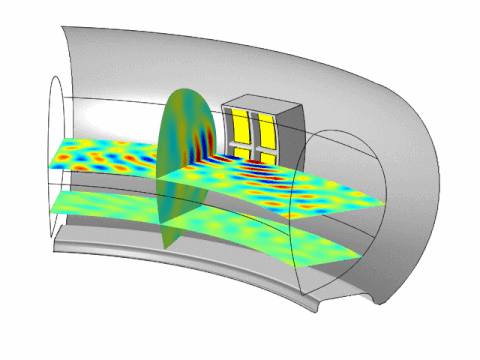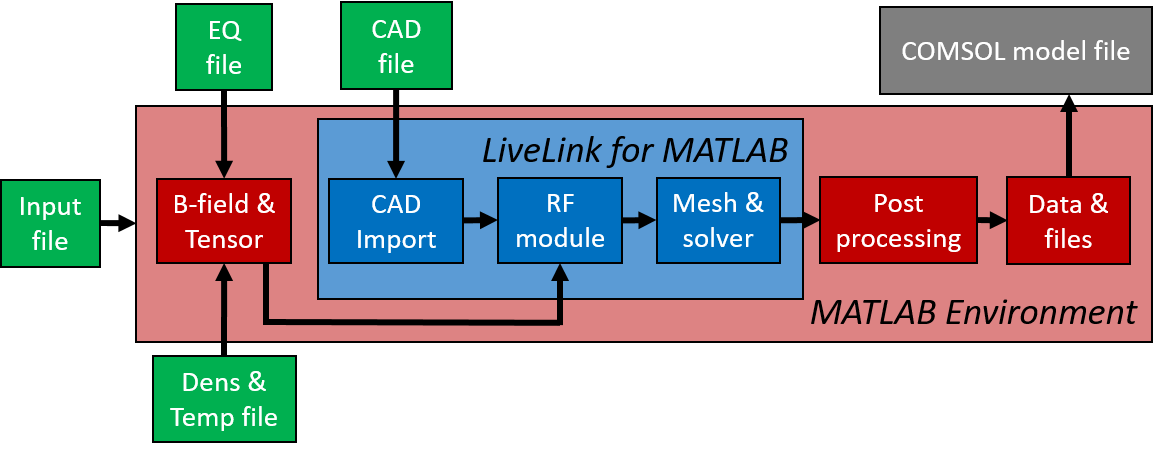Radio Frequency Heating and Current Drive
The heating and current drive group conducts research on propagation and absorption of electromagnetic waves in the plasma. The research is focused on theory and modelling, but we also partake in experiments in the European fusion devices. The research group is led by Associate Professor Thomas Johnson.
Background
For plasmas to reach the extreme temperatures required for fusion, auxiliary heating is needed. One method of heating plasmas is by launching radio waves into the plasma. If the frequency is chosen appropriately, the wave will interact with the charged particles in the plasma and transfer energy to the particles, i.e. heating the plasma.

Hot plasmas are very complex media. To understand how the electromagnetic waves propagate and are absorbed in the plasma, advanced and highly detailed physics modelling is required. At the Division for Fusion Plasma Physics we develop new models and build new numerical tools to predict and analyse wave propagation and absorption. We apply these codes to the leading international fusion devices (e.g. JET and ITER ) to both verify their reliability and to contribute to the fusion programme by developing physics understanding and plasma scenarios for future power plants. Our most recent code is a wave field solver called FEMIC, described below. In addition, we develop integrated modelling tools that couple state-of-the-art codes to calculate the magnetic fields, plasma equilibrium and its stability, the heating, the fuelling and the transport that determine the temperature, density and plasma flows, and consequently the fusion power production.
The FEMIC code
The FEMIC (Finite Element Model for Ion Cyclotron resonance heating) is a wave solver based on the finite element method. In FEMIC, we use LiveLink™ for MATLAB® to couple the commercial software COMSOL Multiphysics® and MATLAB® so that we can fully take advantage of the optimized solvers and meshing algorithms in COMSOL®. This allows for relatively details plasma models, while maintaining arbitrarily complex geometries and meshes, both in the core plasma and the scrape-off layer. It is possible to perform simulations in one, two or three dimensions. A flowchart of FEMIC’s structure is seen below.

The FEMIC code was created by P. Vallejos and is currently being maintained and further developed by B. Zaar and T. Johnson. Currently, we are working on different methods of incorporating non-local effects in the plasma description. One example of how to do this is described here . If you want to know more about FEMIC, or if you want to use FEMIC, please contact B. Zaar .
Master's thesis and project work
We are happy to supervise students both for master's thesis work as well as other project work at any time during the year. Your work will likely be related the FEMIC code and will in that case include a lot of physics and code development in MATLAB and COMSOL Multiphysics. If this sounds interesting, don't hesitate to contact us!
